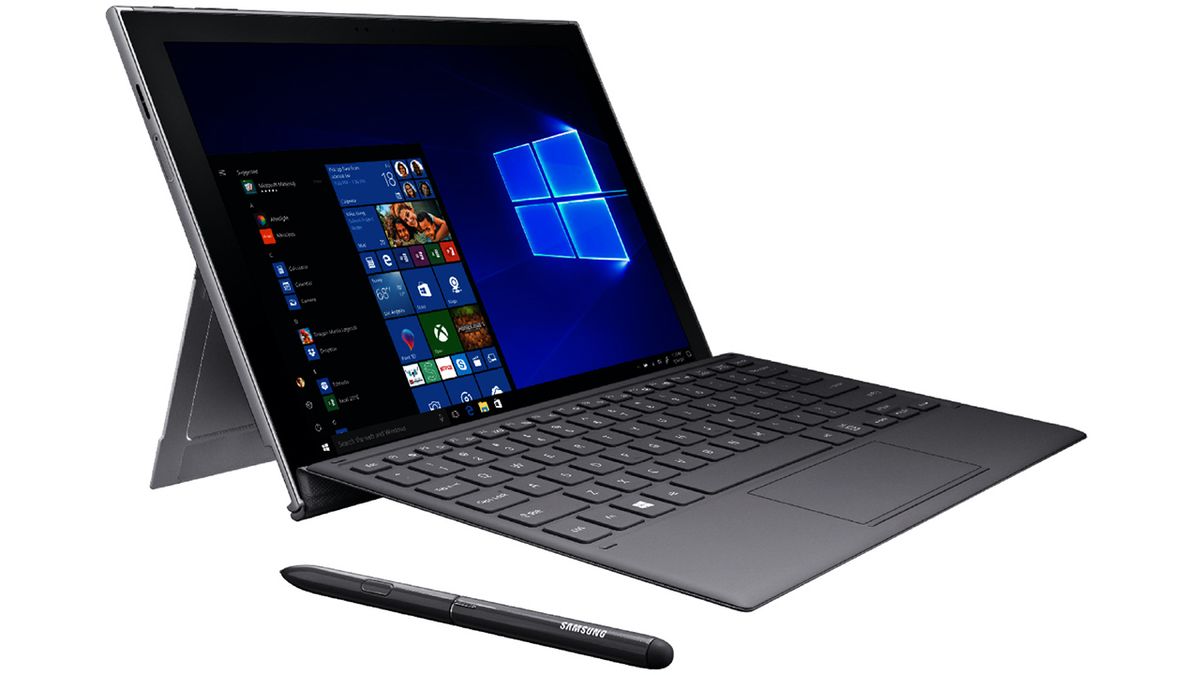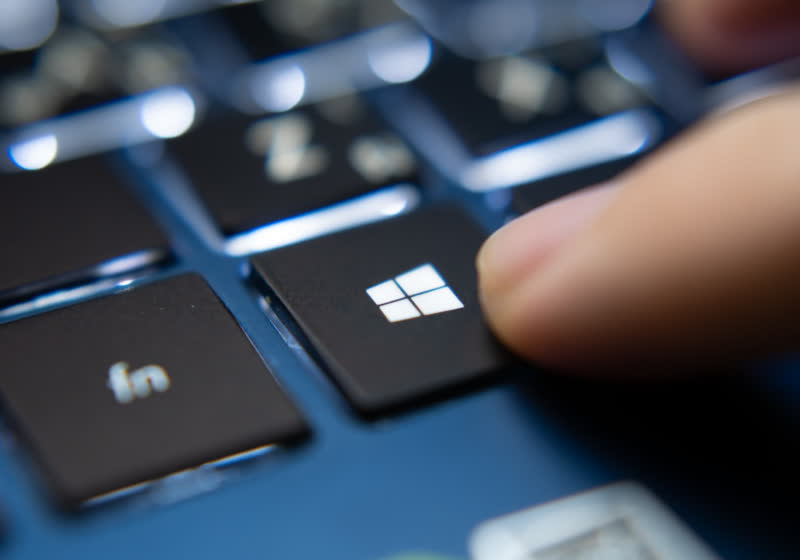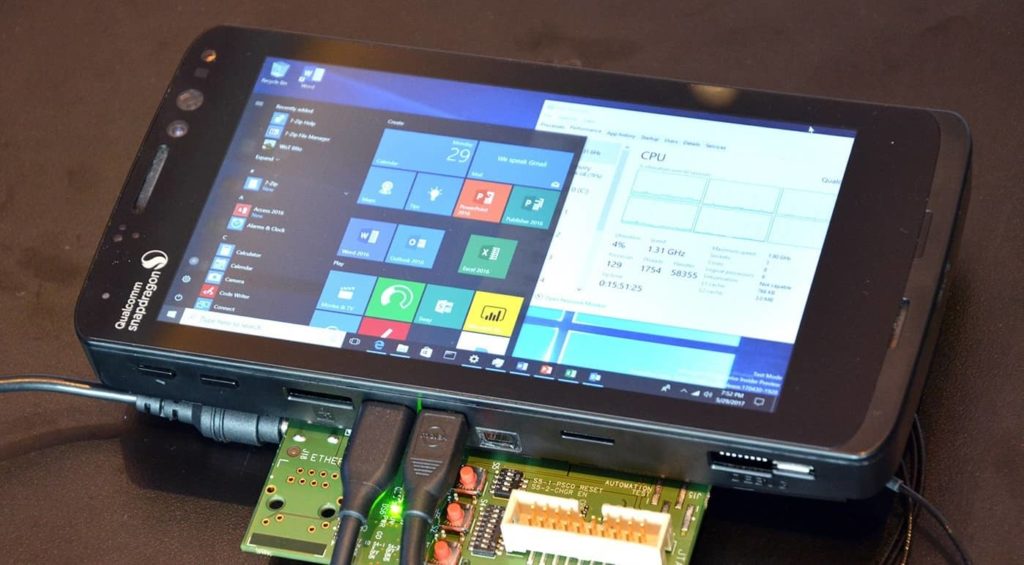Microsoft has recently made significant strides in enhancing Windows on ARM emulation with the introduction of the Prism emulator. This development is part of Microsoft's ongoing efforts to improve the performance and compatibility of ARM-based Windows devices, which have traditionally lagged behind their x86 counterparts in terms of software support and performance.
Key Features of the Prism Emulator
-
Improved Performance: The Prism emulator is designed to translate x86-64 binaries, which are typically used by Intel and AMD chips, to run efficiently on ARM processors. This new emulator is reported to be as efficient as Apple's Rosetta 2 translation layer, offering up to twice the speed of previous emulation technologies on Windows ARM devices .
-
Broader Software Support: With the latest updates, Prism now supports additional CPU extensions, allowing more complex applications, such as Adobe Premiere Pro 2025, to run on ARM PCs. This enhancement is crucial for users who rely on high-performance applications for professional tasks .
-
Gaming Potential: The Prism emulator is also expected to open up new possibilities for gaming on ARM devices. By supporting more x64 software and games, Microsoft aims to attract a broader audience to ARM-based Windows PCs, potentially increasing their market share in the gaming sector .
-
Compatibility with Older Devices: Microsoft claims that Prism will run code 10 to 20% faster on existing ARM chips compared to its previous emulation layer. This means that older devices, such as the Surface Pro 9, will also benefit from these improvements, extending their usability and performance .
Visual Insights
- A presenter is seen in front of a backdrop displaying "Copilot + PC" and "Prism Emulation for Windows," highlighting the integration of these technologies in Microsoft's latest offerings
 .
. - A diagram illustrates the architecture of x86 Win32 emulation on ARM, detailing the interaction between system components such as the Windows kernel and application binaries
 .
.
Overall, the introduction of the Prism emulator marks a significant advancement in Microsoft's strategy to enhance the capabilities of Windows on ARM. By improving emulation performance and expanding software compatibility, Microsoft is positioning ARM-based devices as viable alternatives to traditional x86 systems, particularly in areas like gaming and professional software use.


